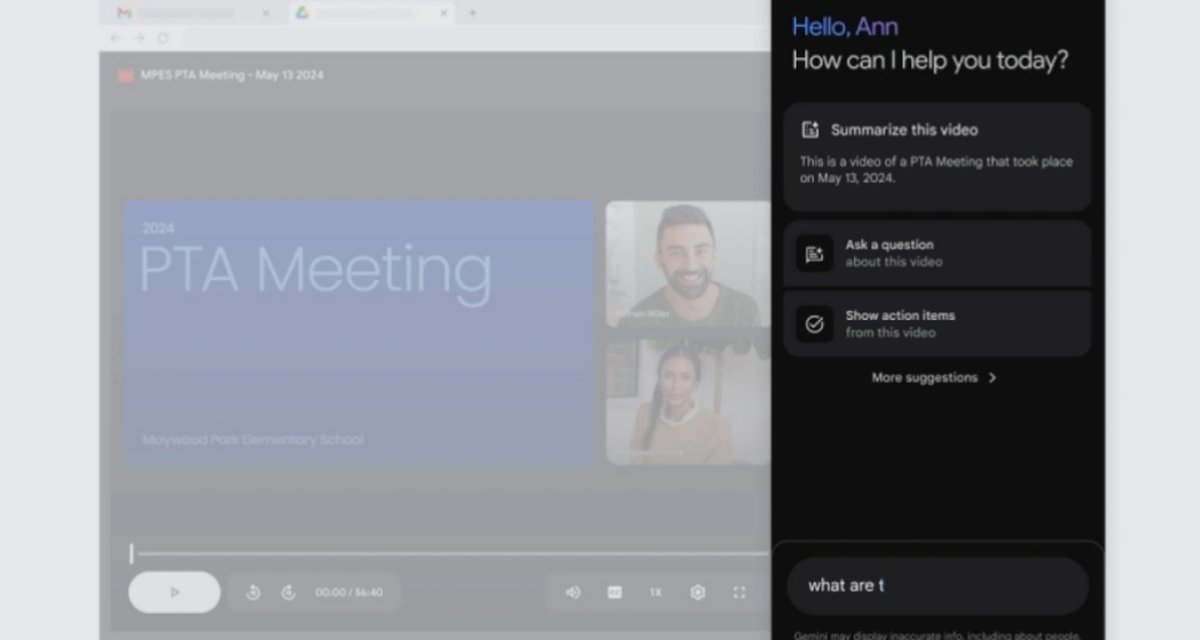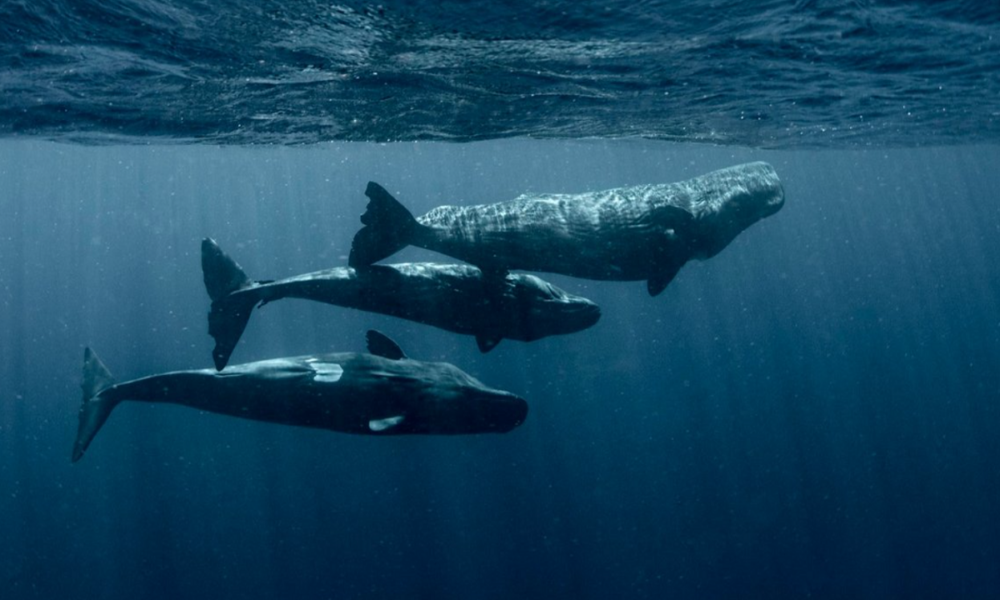Image: CETI Project/Exposure
Five study groups from different countries Try to stop intuitively and precisely change the communication between humans and animals: machine learning is used to create a “Google translator” for the “speech” of other species.
This is only possible with algorithms capable of detecting subtle patterns invisible to the human ear. Machines can distinguish between animal “vocals” and the sounds they make in different situations – which is essential for understanding their meanings.
The most advanced program is the Max Planck Institute for Brain Research in Germany. In the research, the scientists used algorithms to analyze more than 36,000 sounds emitted by seven colonies of naked mole rats.
Research shows that each mouse has its own vocal signature, just as each colony communicates in a different dialect. It’s as if the exchange is culturally passed down over generations – just like humans.
At one point, the researchers took out the breeding female, also known as the queen. This broke the existing dialects and there was a communication “confusion” in the group. Communication was re-established only when a new queen appeared – but she was already completely different from the previous queen.
When they share the same dialect, colonies do not share their resources with strangers, thus maintaining social cohesion.
“In these big underground tunnels, everyone has to make sure they follow the rules,” lead author Alison Barker told the paper. NY Times🇧🇷 “The quickest way to test this is to make sure everyone speaks the same way.”
Deepsqueak: The Pioneer
In 2019, researchers at the University of Washington used machine learning to develop software Deep squeakAn application to detect, analyze and classify rodent vocalizations – all objectively and automatically.
Later, the instrument was also used to interpret the sounds of other creatures such as hummingbirds and whales. Other research centers have used the technology to trace the communications of chickens in China and pigs in Denmark.
“You can get direct, subjective information from the animal’s mouth about how the animal is feeling,” says Kevin Coffey, a behavioral neuroscientist at the University of Washington who was on the team that developed DeepSqueak.
What do bats say?
Another project trying to interpret animal vocalizations comes from Tel Aviv University in Israel. The research, conducted in 2016, recorded groups of bats for 75 days using video cameras and microphones.
By reviewing the recordings, the scientists identified nearly 15,000 different sounds – most of which were highly aggressive. “Basically, they’re pushing each other all the time,” said Yossi Yowell, a neuroscientist who led the study. study🇧🇷 “Imagine a huge stadium where everyone wants to find a seat.”
But with machine learning, it was able to distinguish – with 61% accuracy – the contexts of the bats’ roost: be it feeding, mating, sleeping or standing. The software was also able to identify which animals were cursed by others.
Whale chat
This is a big project. This is about CETI project (Cetacean Translation Initiative), which brings together machine learning experts, linguists and marine biologists from Baruch College in the US.
The group plans to establish central sperm whale listening stations with 28 underwater microphones off the coast of Dominica by January. Then, they will try to understand the syntax and semantics of whale communication to investigate the behavior and cognition of these animals.
What distinguishes sperm whales is that they emit organized clicks – something like this Morse code🇧🇷
Understanding Pigs
In March this year, researchers from the University of Copenhagen in Denmark, was initiated A method for evaluating the emotional state of pigs based on the vocalizations of these animals.
The idea is to help rural producers identify whether animals are happy or distressed, and thus quickly address any problems. In total, scientists from five laboratories across Europe used microphones to collect 7,400 calls from 411 pigs, from birth to slaughter.
Later, this study received EU (European Union) sponsorship to promote animal health and welfare. Now the researchers need to combine the data into an application to distribute the tool in rural Europe.
The European Union recognized animal sentience in 2009 – the ability to consciously experience feelings and emotions.

“Internet evangelist. Writer. Hardcore alcoholaholic. Tv lover. Extreme reader. Coffee junkie. Falls down a lot.”


:strip_icc()/i.s3.glbimg.com/v1/AUTH_59edd422c0c84a879bd37670ae4f538a/internal_photos/bs/2024/p/e/OpENYgRjewyTWVHx1AAw/2024-05-15t131446z-1076355683-rc21r7aubigr-rtrmadp-3-slovakia-shooting.jpg)
-1ib0e5jl2k02s.jpg)

/https://i.s3.glbimg.com/v1/AUTH_bc8228b6673f488aa253bbcb03c80ec5/internal_photos/bs/2024/E/t/aAICBMT3eRoBq0qbqUng/gettyimages-2152464175.jpg)

More Stories
A writer from Blumenau has won a major UK literary prize
A female king who saves her twin sister from a crocodile attack will get a medal
Soybean futures fall in the US